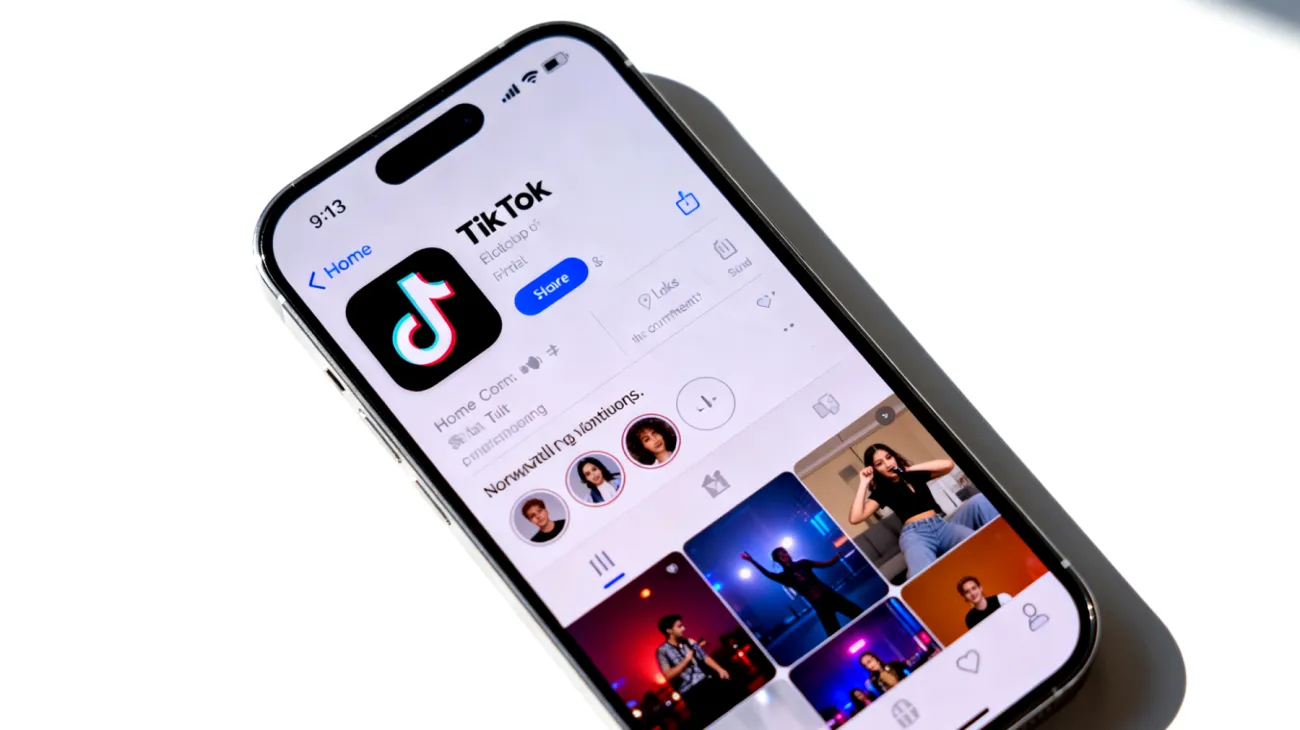Your TikTok account contains more personal data than you might realize. From viewing habits and location data to private messages and contact lists, TikTok collects a diverse array of personal information. Protecting this digital footprint has become crucial in our hyperconnected world, as the app’s algorithm ensures high engagement by analyzing user interests and interactions. The platform’s overall security depends both on TikTok’s internal policies and the configuration of your account’s privacy and security settings.
Many users in the UAE and globally treat social media security as an afterthought, though recent data breaches and concerns over extensive data collection by platforms like TikTok should serve as a wake-up call. Strengthening your TikTok account security usually requires just a few practical measures that many users overlook, yet these simple steps can dramatically reduce your vulnerability to attacks.
Activating Two-Factor Authentication: Your Digital Bodyguard
Two-factor authentication (2FA) provides a robust second layer of security for your TikTok account. If your password is stolen or exposed, an attacker still cannot access your account without the secondary verification method, such as a code sent to your phone or generated on an authentication app.
Navigate to your TikTok settings by tapping the profile icon, then selecting the three-line menu. Under “Settings and Privacy,” locate “Security” and tap on “2-Step Verification.” TikTok offers three verification methods: SMS, email, or authenticator apps like Google Authenticator or Authy.
Authenticator apps provide stronger protection than SMS. Text messages can be intercepted through SIM swap attacks, a known vulnerability for SMS-based authentication across digital platforms. Authenticator apps generate one-time codes directly on your device, making them much harder to compromise and offering peace of mind for serious content creators.
Password Strategy: Breaking the Reuse Habit
Using your password for multiple sites significantly increases your risk—a breach at one site can compromise all accounts sharing that password. Security experts and government agencies universally recommend using strong, unique passwords for each service, TikTok included.
Create passwords combining random elements: a favorite childhood memory, random numbers, and special characters, making it both memorable to you and difficult to guess. Instead of predictable combinations like “Dubai2023!”, consider something more creative like “SandCastle47@Beach!” that incorporates personal meaning while maintaining complexity.
Password managers like 1Password, Bitwarden, or LastPass generate and securely store unique, complex passwords for every account. These tools integrate seamlessly with both iOS and Android devices, automatically filling credentials when needed. For most users, integrating a password manager represents one of the smartest investments in digital security you can make.
Session Management: Knowing Who’s Watching
TikTok maintains a log of all devices signed in to your account, including location data and device information. Regularly reviewing this information can help you detect unauthorized access before real damage occurs, especially if you notice unusual patterns that don’t match your typical usage.
Within your security settings, select “Manage devices” to view all active sessions. Look for unfamiliar devices, unusual locations, or login times that don’t align with your daily routine. If you spot anything suspicious, immediately revoke access and change your password.

Active Session Red Flags
- Logins from unrecognized countries or cities
- Device models you don’t own or recognize
- Account activity during hours you’re typically asleep
- Multiple simultaneous sessions from different geographic locations
Industry guidance suggests periodically reviewing sessions and logging out of all devices as a preventive measure, especially if you frequently use public Wi-Fi networks or shared computers. This practice helps ensure that forgotten logins don’t become security vulnerabilities weeks or months later.
Third-Party App Connections: The Hidden Risk
Third-party applications connected to your TikTok account may have broad access to your personal data, depending on permissions granted during initial setup. Each additional connection increases possible exposure in case of a compromise, creating potential backdoors that many users forget about entirely.
Review connected apps in your privacy settings under “Data” and “Apps and websites.” Unlink services you no longer use or don’t recognize. Be especially wary of apps making suspicious claims about “instant followers” or “viral secrets”—legitimate growth happens organically, not through questionable third-party tools.
Privacy Settings That Actually Matter
TikTok’s privacy settings extend far beyond basic visibility controls and can significantly reduce your risk when properly configured. Set your account to private if you want control over who sees your content. Disable contact syncing to prevent TikTok from accessing your phone’s address book, which protects both your privacy and that of your contacts.
Turn off personalized ads in your ad settings to curb some data collection for marketing purposes. Under “Safety,” enable restricted mode and configure comment filters to reduce exposure to spam or harmful content. These settings prove particularly beneficial for users who post personal or location-specific videos that might attract unwanted attention.
Regular Security Maintenance
Account security isn’t a one-time task—it requires ongoing attention and regular review. Monthly security check-ups, including reviewing recent login sessions, updating passwords, and auditing third-party connections, are strongly recommended by cybersecurity professionals who understand the evolving nature of digital threats.
Keep the TikTok app updated, as security vulnerabilities are regularly patched in new releases. Enabling auto-updates represents a digital security best practice that keeps all your apps secure without requiring constant manual intervention. These small maintenance tasks compound over time to create a significantly more secure digital presence.
Your TikTok account represents a significant piece of your digital identity, containing everything from creative content to personal interactions that matter to you. The incremental effort to properly secure your account creates multiple barriers against compromise and potential identity theft. Starting with two-factor authentication and strong passwords establishes a foundation that deters most attackers, while regular security maintenance ensures your protection stays current. Take action today—your future self will appreciate the foresight you showed in protecting your digital presence before problems arise.
Indice dei contenuti

